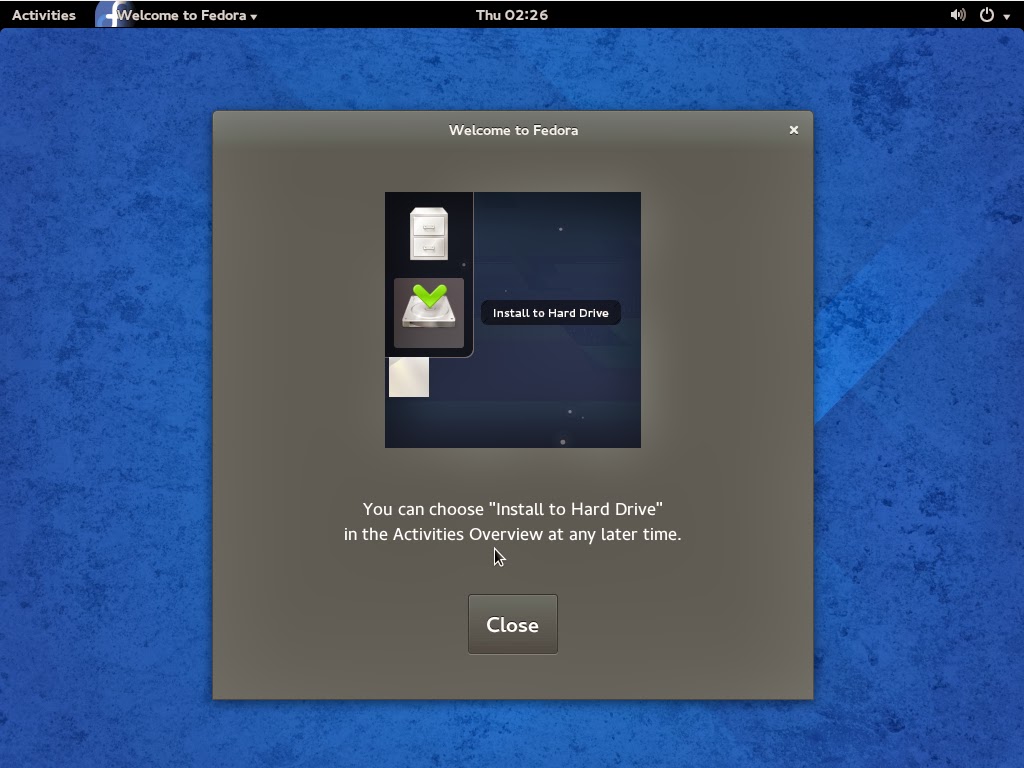

So, I tried to find out what was going on by ensuring that I am actually using the AMD GPU, then looking into the /etc/gdm/nf file to see if maybe WaylandEnable=true wasn’t enabled and if the nvidia-drm.modeset=1 kernel parameter was set in the GRUB bootloader.
HANDBRAKE LINUX FEDORA DRIVERS
I should also note the fact that I’ve been always using the NVIDIA graphics drivers from RPM Fusion, not the vendor drivers. These are now all gone! The problemĪfter upgrading to Fedora Linux 38 (Workstation), only the GNOME and GNOME Classic options were listed on the login screen’s sessions list, both using X11, for some reason, instead of Wayland. On top of that, Fedora Linux 37 showed several options on the login screen (GDM), such as GNOME (Wayland), GNOME on Xorg, GNOME Classic, GNOME Classic on Xorg, and other graphical environments that I had installed like Sway. Something must have happened after upgrading to Fedora Linux 38 during the beta phase because I was using Wayland by default on Fedora Linux 37 with GNOME 43 without issues. I didn’t even notice this change until recently when a reader expressed his opinion on my Fedora Linux system using X11 as the default session. Recently, I discovered that I am not using Wayland anymore as my system falls back to X11 even if I am using the integrated AMD GPU. I like to use Wayland because there are a few advantages over X11, such as pinch-to-zoom in Firefox.Īs you may know, my main machine is a hybrid NVIDIA graphics laptop with an AMD Ryzen CPU and a dedicated NVIDIA GeForce GTX 1650 Ti GPU.

I usually like to use the internal AMD graphics when I don’t play games for better battery life, so Wayland is my default session.

I was a happy Wayland user for a long time now, even if I have a hybrid NVIDIA graphics system.
HANDBRAKE LINUX FEDORA HOW TO
A recent upgrade to Fedora Linux 38 apparently disabled Wayland for my hybrid NVIDIA graphics machine, so here’s a quick tutorial on how to enable Wayland and also bring back the GNOME on Xorg option on the login screen.


 0 kommentar(er)
0 kommentar(er)
